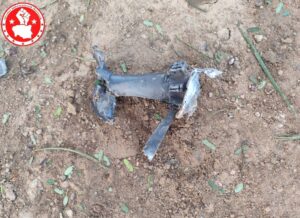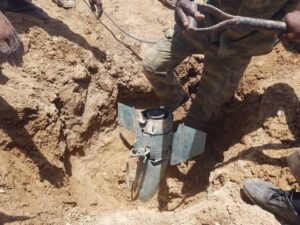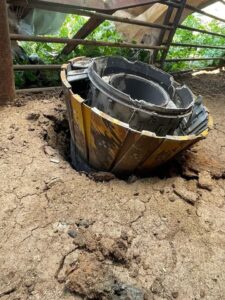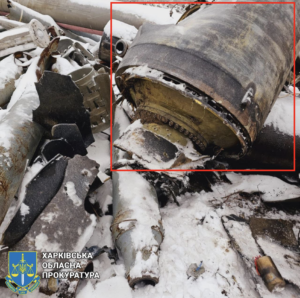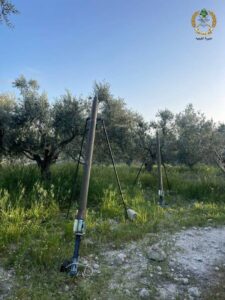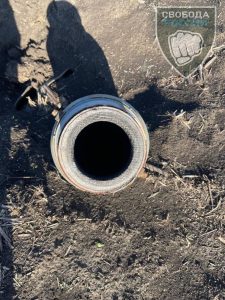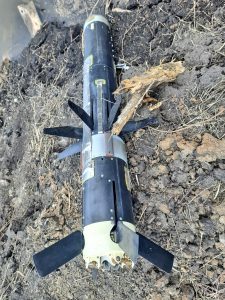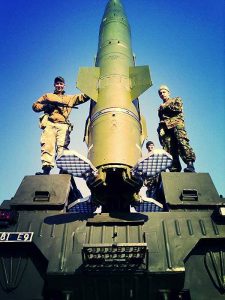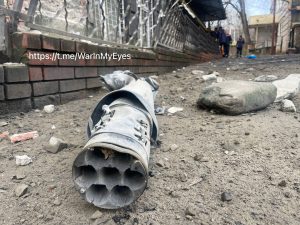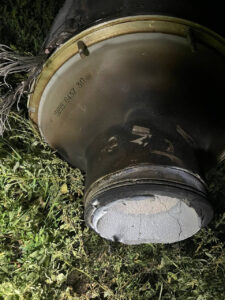Analyst Note:
This image provides a close-up view of the bottom of the MK 136 Third Stage Rocket Motor section from a RIM-161 Standard Missile 3 (SM-3) Blk I guided missile. The integral warm gas/cold gas attitude control system, including its four venturis, is visible. (ARES)





 Constricting openings in rocket motors that increase the velocity and pressure of exiting gases, sometimes directing these to impart spin to the munition
Constricting openings in rocket motors that increase the velocity and pressure of exiting gases, sometimes directing these to impart spin to the munition 







